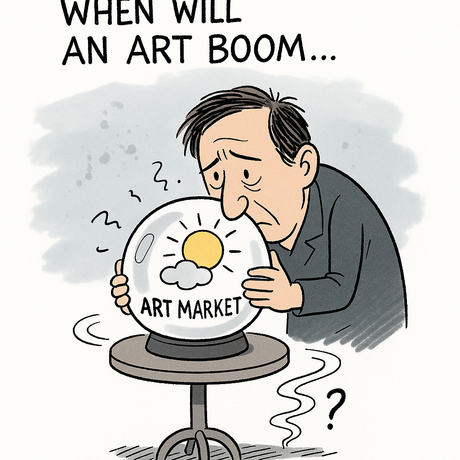For the first time in his career, acclaimed filmmaker Wes Anderson has opened his personal archives, releasing thousands of film props stored for nearly three decades for a comprehensive retrospective exhibition at the Design Museum in London. The exhibition, titled "Wes Anderson: The Archives," will run from November 21, 2025, through July 26, 2026, offering visitors an unprecedented look into the meticulous world of one of cinema's most distinctive visual storytellers.
The exhibition will showcase the evolution of Anderson's filmmaking from his earliest work in the 1990s to his most recent productions. More than 700 objects will be displayed, ranging from original storyboards, Polaroid photographs, and sketches to iconic costumes worn by beloved characters, stop-motion puppets, miniature models, paintings, props, and Anderson's handwritten notebooks. These items collectively illustrate the director's extraordinarily detailed approach to filmmaking and his commitment to visual perfection.
The centerpiece of the exhibition will be the monumental candy-pink model of the Grand Budapest Hotel, which was used to capture the building's facade in Anderson's 2014 film. Spanning over 10 feet in width, this massive prop will serve as one of the most recognizable items in the retrospective. The model represents the scale and ambition of Anderson's vision, demonstrating how practical effects and miniatures continue to play a crucial role in his filmmaking process.
The exhibition follows a chronological survey of Anderson's career, with dedicated sections for each of his films. Beginning with "Bottle Rocket" (1996), Anderson's debut feature film, the display continues through to his Oscar-winning short film "The Wonderful Story of Henry Sugar" (2023) from his anthology collection. This comprehensive timeline allows visitors to trace the director's artistic development and witness how his distinctive aesthetic has evolved over nearly three decades.
Among the notable highlights are several iconic pieces from Anderson's most celebrated films. The exhibition features the vending machines from "Asteroid City" (2023), the FENDI fur coat worn by Gwyneth Paltrow as Margot Tenenbaum in "The Royal Tenenbaums" (2001), and the original stop-motion puppets used to depict the fantastical sea creatures in "The Life Aquatic with Steve Zissou" (2004). Each piece represents Anderson's attention to detail and his collaborative relationships with costume designers, prop makers, and craftspeople.
One particularly intriguing item is "Boy with Apple," the supposedly priceless Renaissance portrait that Ralph Fiennes' character Gustave H unexpectedly inherits in "The Grand Budapest Hotel." In reality, the painting is a contemporary work by British artist Michael Taylor, specially commissioned by Anderson for the film. The artwork will be displayed alongside Fiennes' Gustave H concierge costume and the coat, dress, and accessories worn by Tilda Swinton's character Madame D, the wealthy aristocrat who originally owned the painting in the film's narrative.
The sections devoted to Anderson's stop-motion films "Fantastic Mr. Fox" (2009) and "Isle of Dogs" (2018) offer particular insight into his highly crafted miniature worlds. Visitors will discover an extensive selection of original puppets in various scales, including Mr. Fox, voiced by George Clooney, wearing his signature corduroy suit, and show dog Nutmeg, voiced by Scarlett Johansson. These will be displayed alongside the meticulously constructed miniature sets that brought these animated worlds to life.
Additional treasures include Max Fischer's Swiss Army knife from "Rushmore," Sam Shakusky's complete Scout kit from "Moonrise Kingdom," and the François Voltaire suitcases used by the Whitman brothers in "The Darjeeling Limited," which were created by Marc Jacobs for Louis Vuitton and feature wildlife prints designed by Eric Chase Anderson. These personal items showcase Anderson's ability to use props as character development tools, with each object telling its own story within the larger narrative.
The exhibition also features miniature models that demonstrate Anderson's love for detailed craftsmanship, including tiny washing machines from "Isle of Dogs," a miniature train from "The Darjeeling Limited," and Mr. Fox's motorcycle from "Fantastic Mr. Fox." These pieces reveal the incredible amount of work that goes into creating Anderson's distinctive visual style, showing how even the smallest details are carefully considered and crafted.
This retrospective represents the most comprehensive look at Anderson's creative process ever assembled, providing film enthusiasts, design lovers, and general audiences with unprecedented access to the physical artifacts that have helped define contemporary cinema's most recognizable aesthetic. The exhibition promises to illuminate not just Anderson's films, but the collaborative artistry and meticulous craftsmanship that makes his cinematic worlds so compelling and enduring.






























